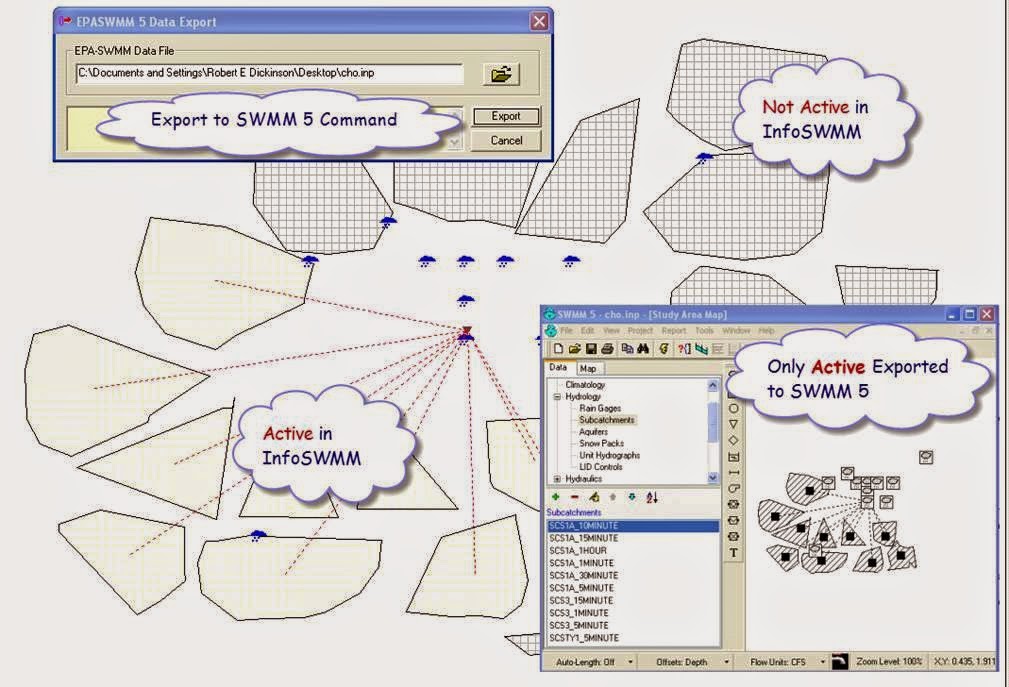SWMM 5 Water Quality Example Files
| File Name | Description |
|---|---|
| RUNOFF3_SW5.INP | STEVEN''S AVENUE DRAINAGE DISTRICT LANCASTER PA |
| RUNOFF20_SW5.INP | Runoff Example # 20 - PCSWMM 3.2 EXERCISE 5 |
| RUNOFF21_SW5.INP | SUSPENDED SOLIDS AND BOD POLLUTOGRAPH SIMULATION |
| RUNOFF22_SW5.INP | RUNOFF EXAMPLE # 22 - SIMULATION OF EROSION |
| RUNOFF23_SW5.INP | A wide parabolic channel between 301 and 401 |
| RUNOFF31_SW5.INP | PCSWMM 3.2 EXERCISE 5 - Runoff example 31 |
| RUNOFF41_SW5.INP | Runoff example 41 - Input of constant groundwater quality |
| RUNOFF42_SW5.INP | Precipitation quality only |
| RUNOFF43_SW5.INP | BROWARD COUNTY Multi FAMILY SITE - Runoff example # 43 |
| RUNOFF44_SW5.INP | HDR STORM USGS STORM # 3 May 5 1977 |
| RUNOFF45_SW5.INP | BROWARD COUNTY Multi FAMILY SITE |
| RUNOFF46_SW5.INP | BROWARD COUNTY Multi FAMILY SITE |
| RUNOFF47_SW5.INP | BROWARD COUNTY Multi FAMILY SITE - Runoff example # 47 |


























